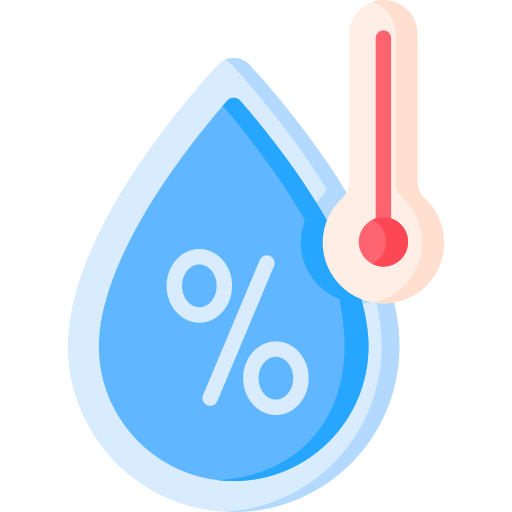Belgrade - Introduction

About Belgrade
Belgrade is the capital and largest city of Serbia. It is located at the confluence of the Sava and Danube rivers and at the crossroads of the Pannonian Plain and the Balkan Peninsula. The population of the Belgrade metropolitan area is 1,685,563 according to the 2022 census. It is one of the major cities of Southeast Europe and the third most populous city on the Danube river.
Belgrade is one of the oldest continuously inhabited cities in Europe and the world. One of the most important prehistoric cultures of Europe, the Vinča culture, evolved within the Belgrade area in the 6th millennium BC. In antiquity, Thraco-Dacians inhabited the region and, after 279 BC, Celts settled the city, naming it Singidūn. It was conquered by the Romans under the reign of Augustus and awarded Roman city rights in the mid-2nd century. It was settled by the Slavs in the 520s, and changed hands several times between the Byzantine Empire, the Frankish Empire, the Bulgarian Empire, and the Kingdom of Hungary before it became the seat of the Serbian king Stefan Dragutin in 1284. Belgrade served as capital of the Serbian Despotate during the reign of Stefan Lazarević, and then his successor Đurađ Branković returned it to the Hungarian king in 1427. Noon bells in support of the Hungarian army against the Ottoman Empire during the siege in 1456 have remained a widespread church tradition to this day. In 1521, Belgrade was conquered by the Ottomans and became the seat of the Sanjak of Smederevo. It frequently passed from Ottoman to Habsburg rule, which saw the destruction of most of the city during the Ottoman–Habsburg wars.
Following the Serbian Revolution, Belgrade was once again named the capital of Serbia in 1841. Northern Belgrade remained the southernmost Habsburg post until 1918, when it was attached to the city, due to former Austro-Hungarian territories becoming part of the new Kingdom of Serbs, Croats and Slovenes after World War I. Belgrade was the capital of Yugoslavia from its creation in 1918 to its dissolution in 2006. In a fatally strategic position, the city has been battled over in 115 wars and razed 44 times, being bombed five times and besieged many times.
Being Serbia's primate city, Belgrade has special administrative status within Serbia. It is the seat of the central government, administrative bodies, and government ministries, as well as home to almost all of the largest Serbian companies, media, and scientific institutions. Belgrade is classified as a Beta-Global City. The city is home to the University Clinical Centre of Serbia, a hospital complex with one of the largest capacities in the world; the Church of Saint Sava, one of the largest Orthodox church buildings; and the Belgrade Arena, one of the largest capacity indoor arenas in Europe.
Belgrade hosted major international events such as the Danube River Conference of 1948, the first Non-Aligned Movement Summit (1961), the first major gathering of the OSCE (1977–1978), the Eurovision Song Contest (2008), as well as sports events such as the first FINA World Aquatics Championships (1973), UEFA Euro (1976), Summer Universiade (2009) and EuroBasket three times (1961, 1975, 2005). On 21 June 2023, Belgrade was confirmed host of the BIE- Specialized Exhibition Expo 2027.
Belgrade Current Weather
Belgrade, Serbia
2024-09-15 11:31
Light rain
11.4°C
| Parameter | Value |
|---|---|
Wind 
|
26.3 km/h |
Pressure 
|
1007 mb |
Humidity 
|
94% |
Visibility 
|
3 km |
UV Index 
|
2 |
Precip 
|
1.3 |